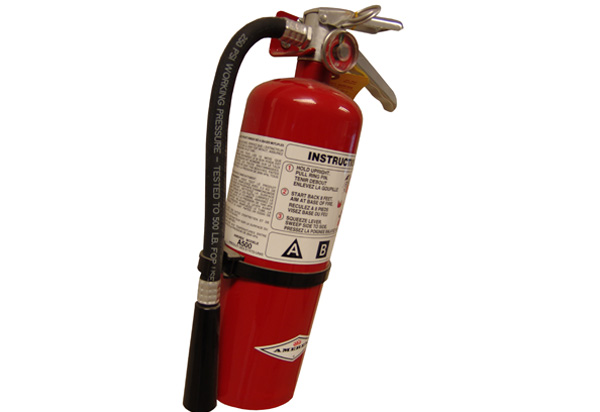

For best results, spraying the solution slowly in a circular motion is advised. It sprays a soapy solution that bars the fire from re-igniting by sealing the surface. They combat extremely high-temperature fires by bringing down their temperature. Wet chemical extinguishers, such as cooking oils and fats, are meant to fight class F fires. You will see the words 'water mist' imprinted on it. This type of extinguisher is also solid red in colour. Water is converted into dry microscopic particles as it comes out of the nozzle. Even the most difficult fires can be doused with their use. This is one of the most useful fire extinguishers as it helps in putting out almost all kinds of fires. One must strictly prohibit spraying it on electrical appliances and oil fires.

The word 'water' or aqua spray' is imprinted on it in bold. This includes fire on combustible substances such as paper, cardboard, plastic, wood, fabric, and other solid materials. It helps in extinguishing flames erupting due to class A fires. It may even contain certain chemicals that augment its capacity to extinguish the fire. This type of extinguisher dispenses water at very high pressure. Let us take a quick look at what each of these has to offer: These are the standard water extinguishers and the dry water extinguishers. Water extinguishers have been categorised into two different types. A small demo is enough to understand their functionality.

Fire extinguisher prices vary based on the type, while the method to operate them largely remains the same. Different types and sizes of fire extinguishers are available in the market to match distinctive requirements and budgets. Gradually, people are also realising the importance of installing these at home. Medium to big-sized fire extinguishers installed at such places ensure the safety of people in case of a fire emergency. Fire extinguishers are a common sight in office buildings, malls and residential societies.


 0 kommentar(er)
0 kommentar(er)
